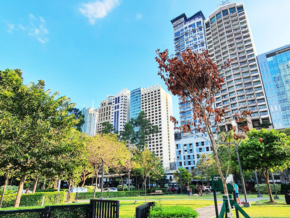Understanding Scoliosis: Quick Facts
When humans evolved to reach the top tier of the food chain, it wasn’t just our brains that evolved; our bodies had to catch up too. And though we pride ourselves as the dominant species, it isn’t without its consequences. While bipedalism freed our arms to fashion tools for survival, standing on only two legs put more strain on our knees, as well as a higher risk of back problems.
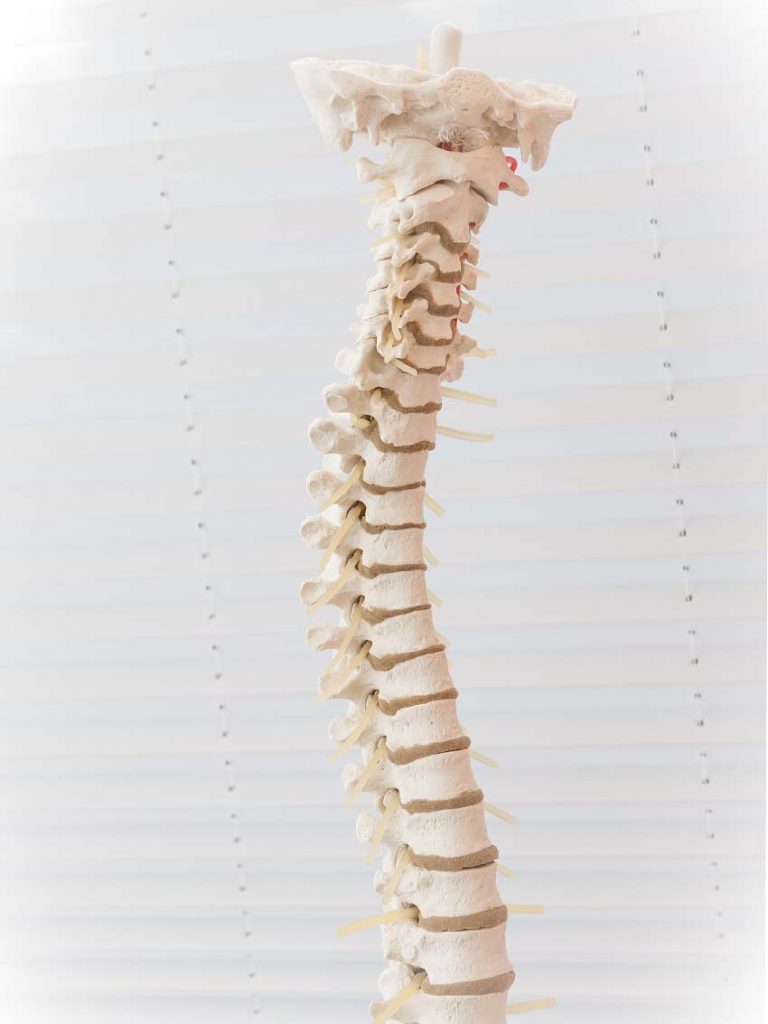
Each year, the world celebrates International Scoliosis Awareness Day on June 30. All over the world, millions of people suffer from the condition, regardless of age, gender, or race. Despite the number of people who have it, many still do not know what it is. To help spread awareness, here are a few facts about scoliosis.
WHAT IS SCOLIOSIS?
Scoliosis is the condition where the spine curves sideways, either in an S-shaped or C-shaped curve. It commonly occurs when kids experience a growth spurt just before puberty. However, the condition can appear at any age.
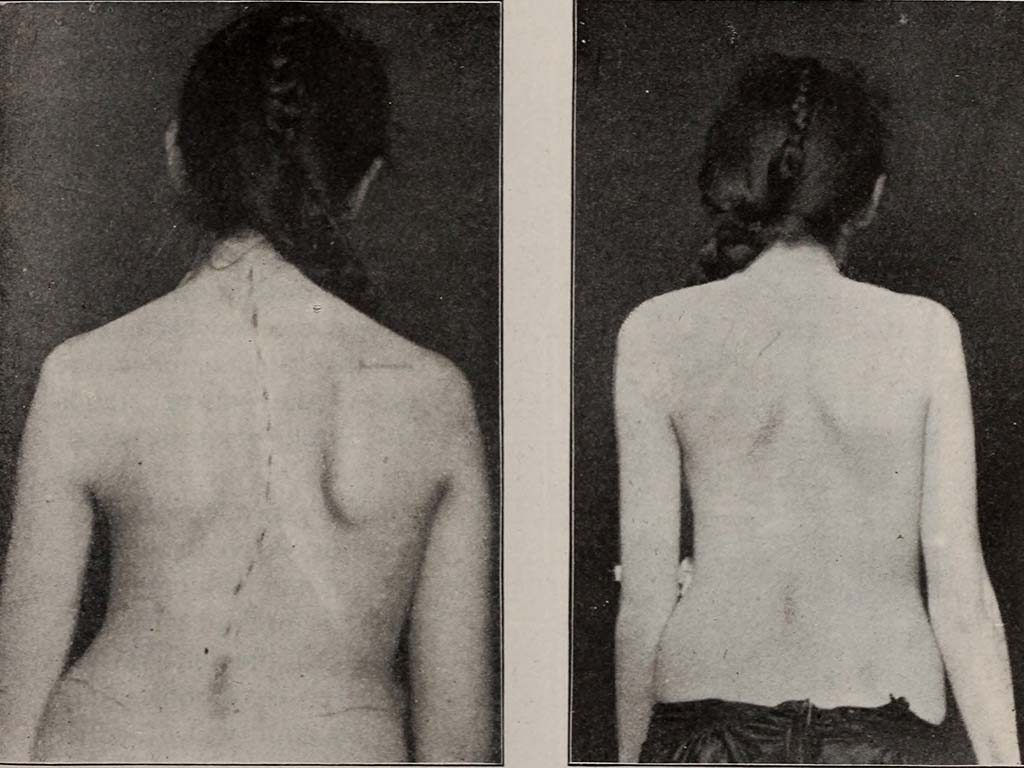 IMAGE Internet Archive Book Images on VisualHunt / No known copyright restrictions
IMAGE Internet Archive Book Images on VisualHunt / No known copyright restrictions
TYPES OF SCOLIOSIS
The Scoliosis Association UK (SAUK) classifies scoliosis into 7 different types:
- Congenital Scoliosis
As the name suggests, those who suffer from congenital scoliosis are born with the condition. In this case, the baby’s spine didn’t develop fully in the womb.
- Early Onset Scoliosis
This one appears in young kids between birth and age 10. In most cases, scoliosis is idiopathic, meaning the cause is unknown. However, in some cases, it is a previously undiagnosed congenital scoliosis.
- Adolescent Idiopathic Scoliosis
While no different from idiopathic scoliosis detected in children, this happens when the person diagnosed is between the ages of 10 and 18.
- Degenerative Scoliosis
Adults with a history of scoliosis may suffer from this condition. Eventual wear and tear might cause the spine to collapse, increasing the curvature.
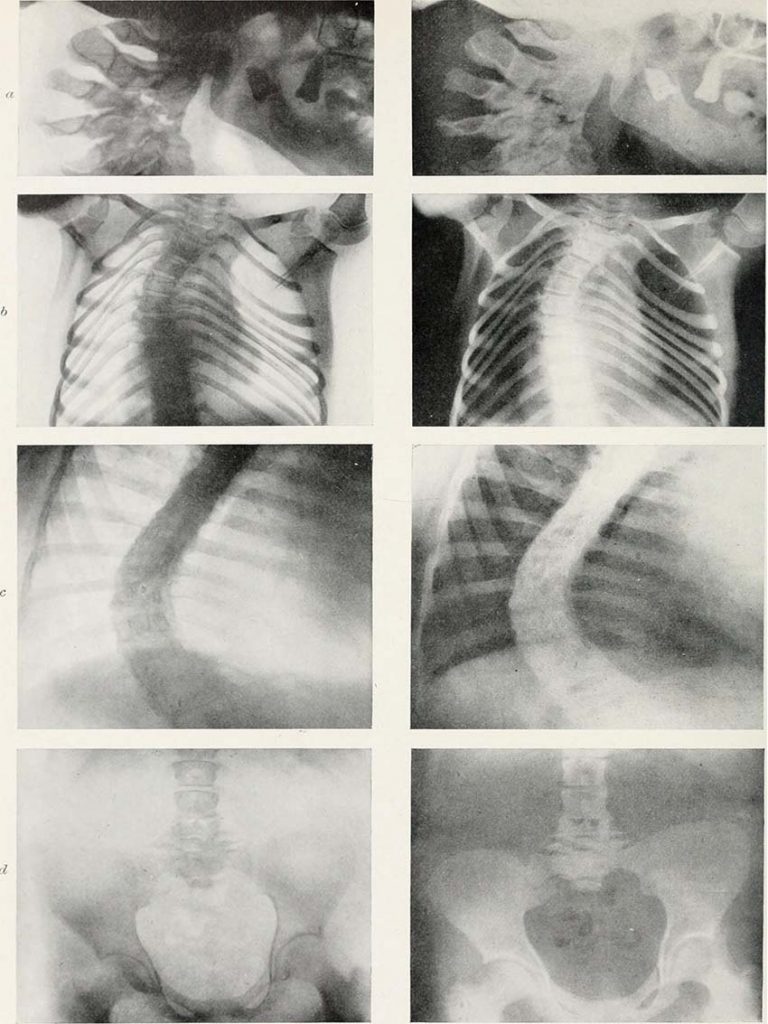 IMAGE Internet Archive Book Images on Visual hunt / No known copyright restrictions
IMAGE Internet Archive Book Images on Visual hunt / No known copyright restrictions
- Neuromuscular Scoliosis
This type of scoliosis happens when the spine curvature is caused by a neurological or muscular condition such as cerebral palsy or spina bifida. It’s important to note that not all people with neurological conditions will develop scoliosis.
- Scheuermann’s kyphosis
This is a condition where the front sections of the vertebrae grow more slowly than the back sections during childhood.
- Syndromic Scoliosis
Here, the curve develops as part of a syndrome
CAUSES
Idiopathic scoliosis is the most common type but doctors aren’t sure what causes it. There is a tendency for the condition to run in families which makes it possibly hereditary.
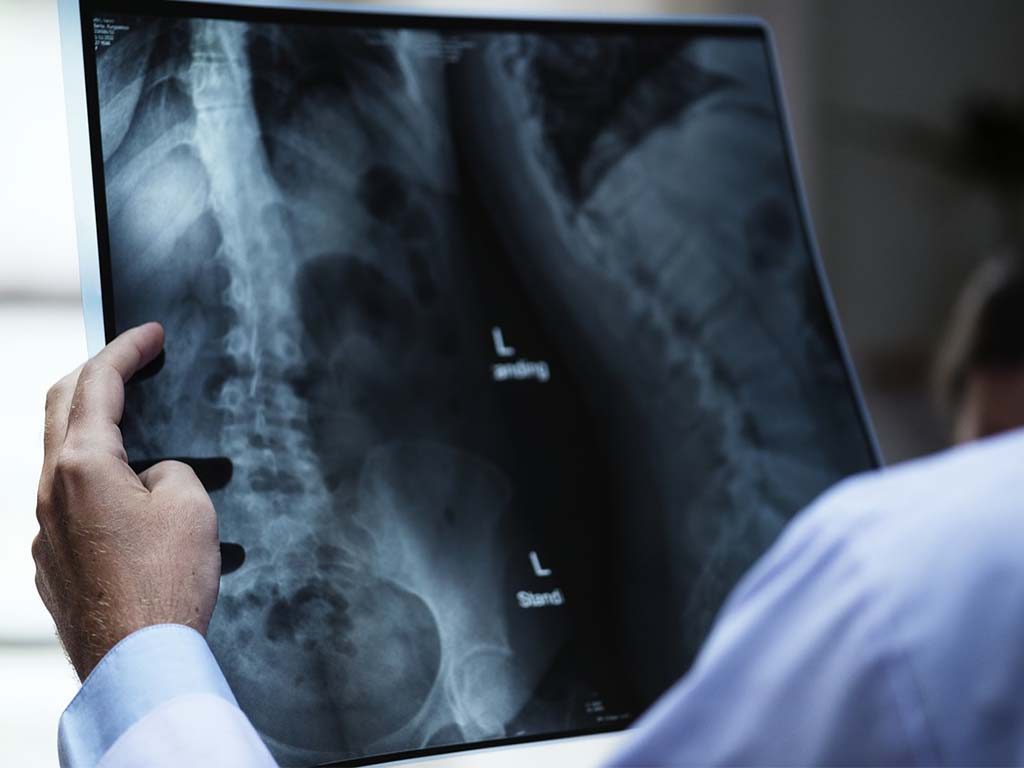
SYMPTOMS
Scoliosis isn’t easy to detect, especially if it’s mild but some signs and symptoms may include:
- Uneven shoulders
- One shoulder blade may be more prominent than the other
- One hip may be higher than the other
- Uneven waist
TREATMENT
Most cases of scoliosis are mild, with no treatment necessary, though many suffer from back pain. In some cases, patients, especially children, may need to wear braces to prevent the curve from worsening. Fewer cases still require corrective surgery.








